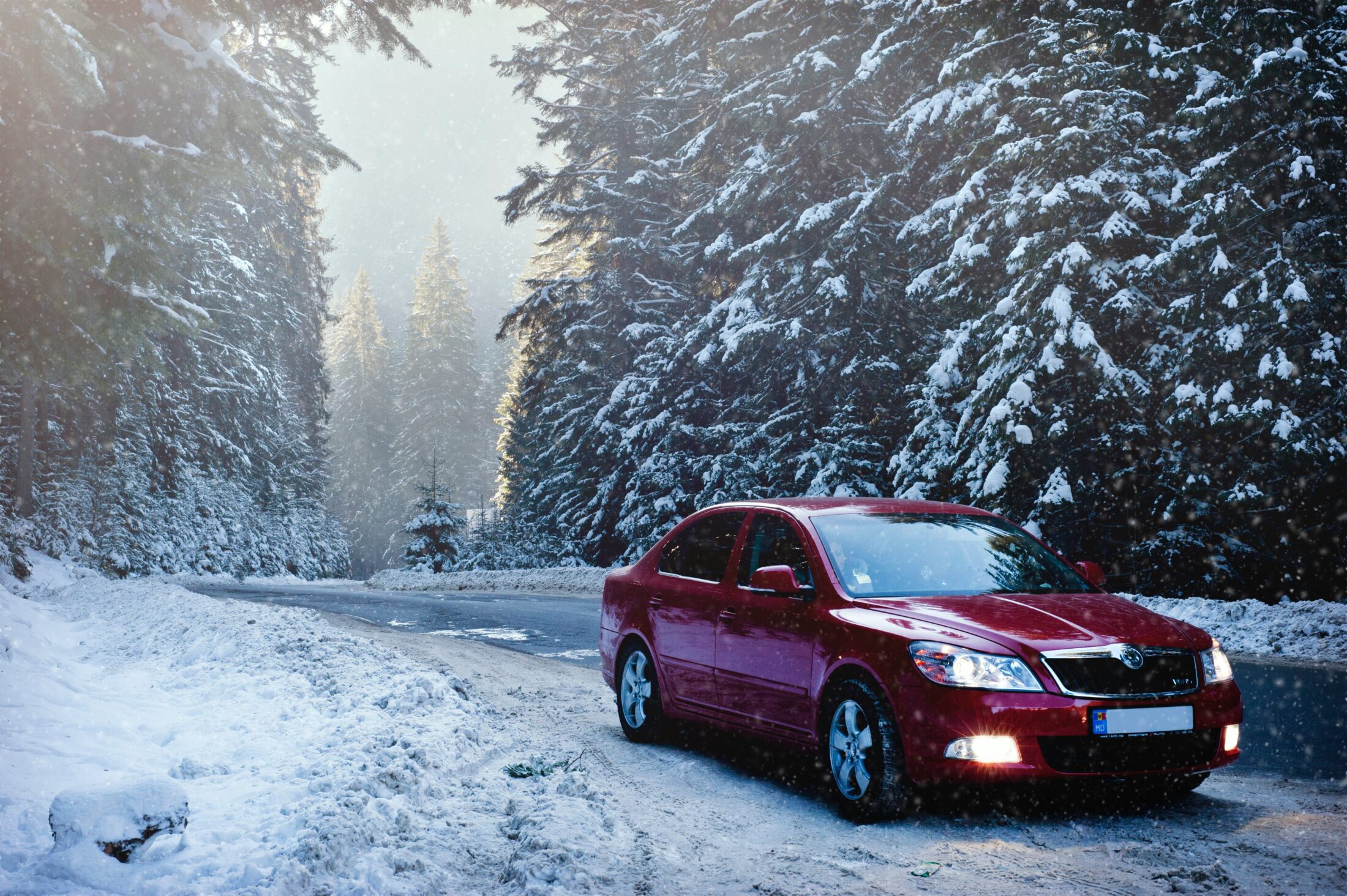Section 1: Tackling the Engine and Battery
Tip 1: Check Your Battery
Cold weather can be particularly harsh on your car’s battery. Before winter sets in, have your battery tested to ensure it’s in good condition. Cold temperatures reduce a battery’s effectiveness, so a healthy battery is crucial for reliable starts in chilly conditions. Consider replacing an aging battery before it becomes a winter inconvenience.
Tip 2: Inspect the Antifreeze
Antifreeze, or coolant, plays a pivotal role in preventing your engine from freezing. Check your vehicle’s antifreeze levels and ensure that the mixture is appropriate for winter conditions. A proper blend of antifreeze and water will protect your engine and radiator from freezing and corrosion.
Section 2: Tire Maintenance for Icy Roads
Tip 3: Switch to Winter Tires
Investing in a set of winter tires can significantly improve your car’s traction on snow and ice. Winter tires are designed with a specific rubber compound and tread pattern to provide better grip in cold conditions. Consider making the switch before the first snowfall for enhanced safety and control.
Tip 4: Check Tire Pressure
Cold weather can cause tire pressure to drop, affecting your vehicle’s handling and fuel efficiency. Regularly check and maintain the recommended tire pressure levels throughout the winter months. Well-inflated tires ensure optimal traction and help prevent accidents on slippery roads.
Section 3: Visibility and Lighting
Tip 5: Inspect Wiper Blades and Fluid
Visibility is crucial in winter driving conditions. Inspect your wiper blades for wear and tear, replacing them if necessary. Additionally, ensure your windshield washer fluid is topped up with a winter-grade solution that won’t freeze. Having clear vision through the windshield is essential for safe winter driving.
Tip 6: Check and Adjust Headlights
Days are shorter during winter, and you may find yourself driving in low-light or dark conditions more frequently. Check that all your vehicle’s lights are functioning properly, including headlights, brake lights, and turn signals. Consider adjusting the aim of your headlights to ensure optimal visibility without blinding oncoming drivers.
Section 4: Emergency Preparedness
Tip 7: Build a Winter Emergency Kit
Be prepared for unexpected challenges by assembling a winter emergency kit for your car. Include items such as a blanket, extra warm clothing, a flashlight, non-perishable snacks, a first aid kit, and a small shovel. These essentials can provide comfort and safety in case you find yourself stranded in the cold.
Tip 8: Keep Fuel Levels Up
Ensure your fuel tank is consistently kept at least half full during winter. A fuller tank can prevent the fuel line from freezing and provides an extra margin of safety if you encounter unexpected delays or detours due to weather-related issues.
In conclusion, prepping your car for cold weather involves a combination of maintenance, safety checks, and strategic planning. By paying attention to key components such as the battery, tires, visibility features, and emergency preparedness, you can navigate winter roads confidently and ensure that your vehicle remains a reliable companion throughout the frosty season.



